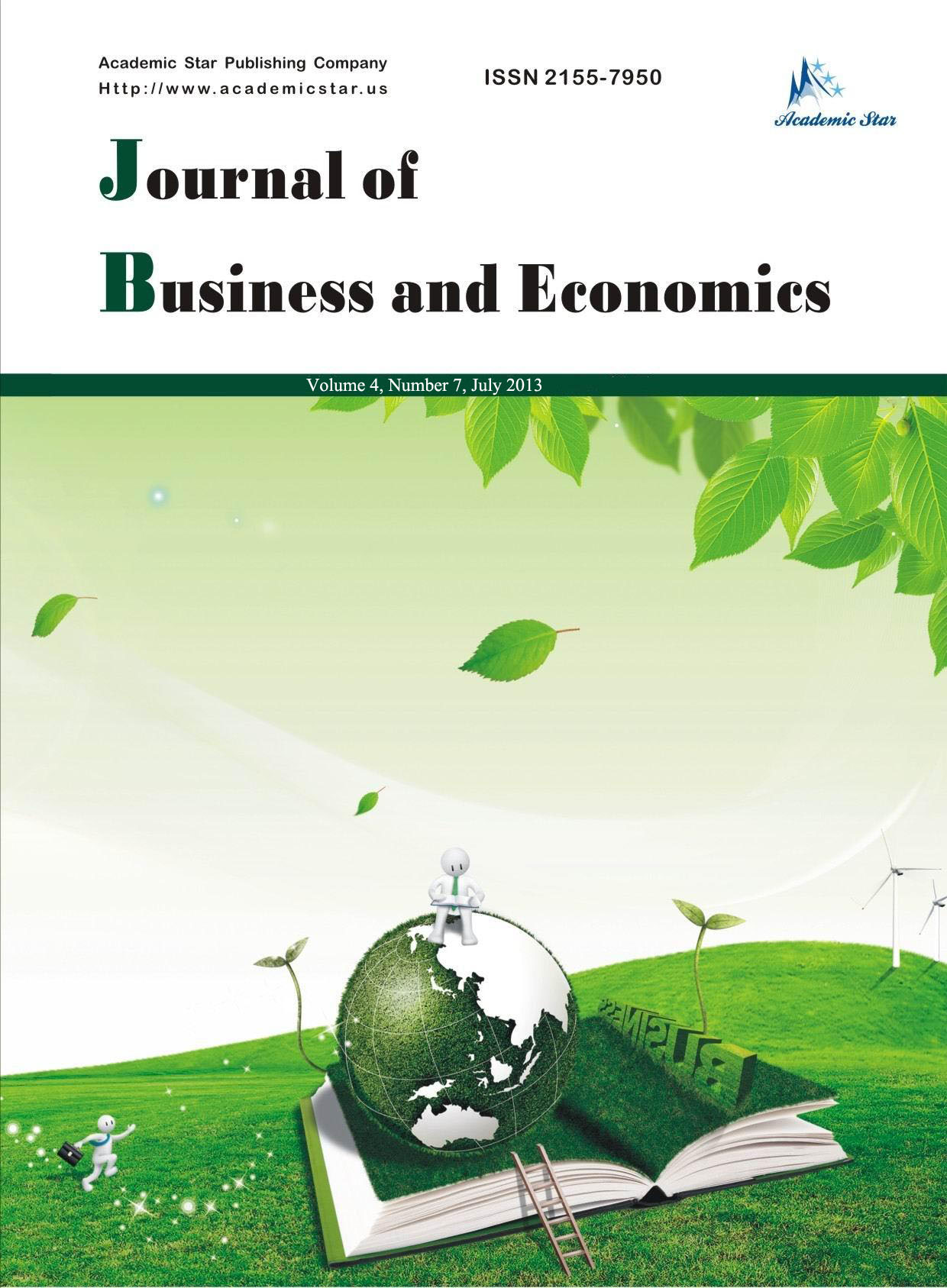Economics

- ISSN: 2155-7950
- Journal of Business and Economics
The Selection, Modeling and Training Framework (SMTF) for Managers
in Business Innovation and Transformation Projects: An Executive’s
Business Architecture and Modeling Strategy
Antoine Trad1, Damir Kalpić2
(1. Webster University, Switzerland; 2. University of Zagreb, Zagreb, Croatia)
(1. Webster University, Switzerland; 2. University of Zagreb, Zagreb, Croatia)
Abstract: Today business companies are struggling for survival in a very competitive market; and it is not a top secret that the main path for solid business sustainable future, is the continuous process of business transformations to optimize the business companies’ resources. Unfortunately, most of the business transformation projects fail, because of the very difficult business transformation project’s implementation phase. In order to insure the successes of such business transformation projects and to follow the (re)structuring process of the business company, which is a part of the standardized global economy, it is recommended to the apply business modeling and integration strategy and standards in the business transformation project’s implementation phase. Today many standards exist and they are very advanced; these standards and their related tooling environments can help in the unbundling of the actual traditional business environments, through the execution of business transformation projects; to help the business company become part of a dynamic business ecosystem; and to interconnect it easily to the standardized global economy using a modeling strategy. An important factor in the business transformation project of a business environment into an innovative is the role of business modeling and the integration of atomic business services and the business transformation manager must have the knowledge for these two domains. The profile of such a manager has not been sufficiently investigated and this research paper focuses on the business transformation manager’s business modeling skills and the related applied modeling strategy; where he/she (he or she, in further text “his” for simplicity reasons) must be capable to design a modeling pattern for the transformed business environment. The business environment must be unbundled into a pool of business processes and atomic business services; this unbundling procedure will help the business environment face its uncertain future and to become a part of the interconnected global economy. The specification of the optimal business transformation manager profile’s modeling and integration skills is one of the goals of the authors’ selection, modeling and training framework’s related research. In this research, the authors try to prove that business modeling is cornerstone for a strategy on how to successfully transform business environments (The Economist, E-management, 2000). These modeling-based transformations need a specific set of skills, which are crucial for the difficult implementation phase (Trad, Kalpic, IMRA, 2013; Trad, Kalpic, IMRA, USA, 2014; Trad, Kalpic, IMRA, UK, 2014).
Key words: modeling strategy; business architecture; atomic business services; restructured global economy;
business transformation project; business transformation manager and failure rates
JEL codes: M1






